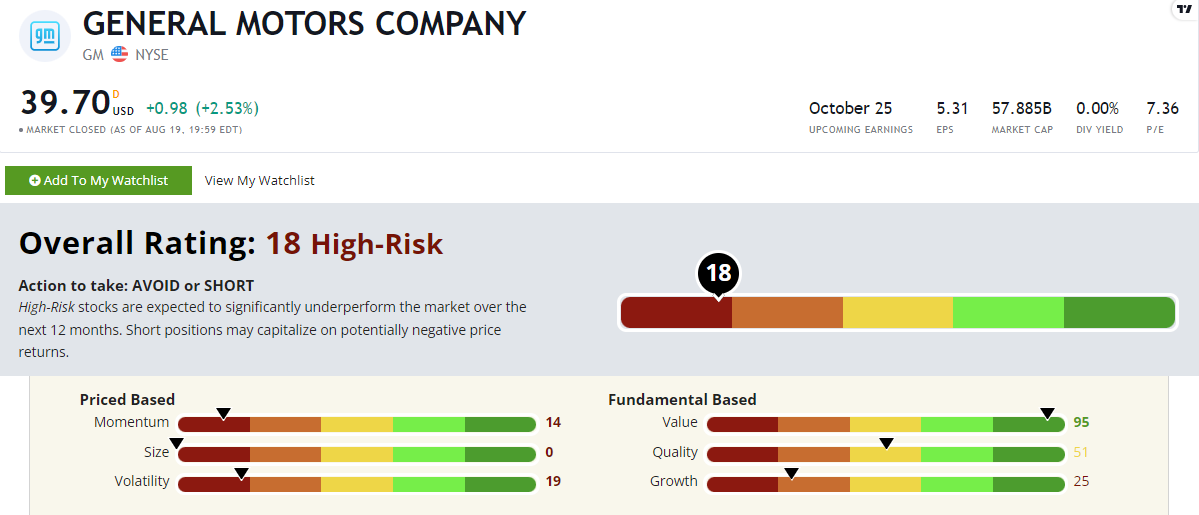There’s an old investing maxim: The safest dividend is the one that’s just been raised.
And I would agree!
When a company pays a dividend, it is parting with its hard-earned cash.
A dollar that goes out the door as a dividend is one less in the emergency fund.
Before the company declares a dividend, its board must be confident that more profits are coming to replace that payout!
There’s a flip side to this too.
Dividend Cuts Signal a Red Flag
No board of directors wants to cut a dividend because it sends an awful message. It’s the reddest of red flags that things are not going well for the company.
And all too often, dividend cuts end up like cockroaches — there’s never just one…
Once a company needs to cut its dividend, it means there are serious problems that aren’t getting fixed overnight. The company in question needs to hoard every dollar it can.
With precious few exceptions, my policy is to look for companies raising dividends and avoid companies cutting them.
For example, let’s look at General Motors Company (NYSE: GM).
GM Set to Reinstate Dividends
The company eliminated its dividend during the pits of the pandemic in 2020, but now it will reinstate it at the end of this month.
The quarterly payout will start at $0.09, which amounts to a 1% dividend yield at current prices.
As the Money & Markets dividend guy, that gets my attention.
The post-pandemic world and its kinked supply chain have been a challenge for many manufacturers, and the inflation pop hasn’t helped.
GM opting to reinstate its dividend is a big deal!
That said, I’d tread carefully here.
How GM Misses the Mark
General Motors doesn’t have the characteristics I like to see in stable income stocks for a few reasons:
- Demand for its products is cyclical and can fluctuate as the economic cycle turns.
- Competition is ferocious even in the best of times.
- Labor unrest is a recurring problem.
- And its entire industry is undergoing a radical transformation to electric vehicles (EVs).
Furthermore, GM rates an abysmal 18 on our Stock Power Ratings system.
It rates well on value at 95.
But remember how we assess value. A stock has to be cheap relative to something, such as earnings or sales.
And GM’s earnings and sales tend to be cyclical, meaning the stock often looks cheap — right until it doesn’t.
Apart from value, GM’s ratings get nasty in a hurry.
It rates in the bottom quarter of all stocks in our universe on growth, is middling at best in terms of quality and poor on momentum and volatility.
Those last two factors are important in tandem. You don’t want to hold a highly volatile stock when it’s trending in the wrong direction.
I commend GM’s management for reinstating the dividend. It shows that management is looking after the shareholders.
But that doesn’t mean I want the stock in my portfolio.
Bottom line: At the end of the day, GM operates in a lousy industry, and this is not a stock you want to depend on to pay your bills in retirement.
To safe profits,
Charles Sizemore, Co-Editor, Green Zone Fortunes
Charles Sizemore is the co-editor of Green Zone Fortunes and specializes in income and retirement topics. He is also a frequent guest on CNBC, Bloomberg and Fox Business.






